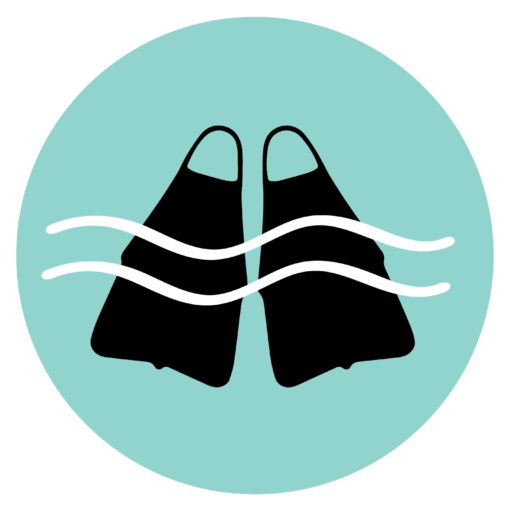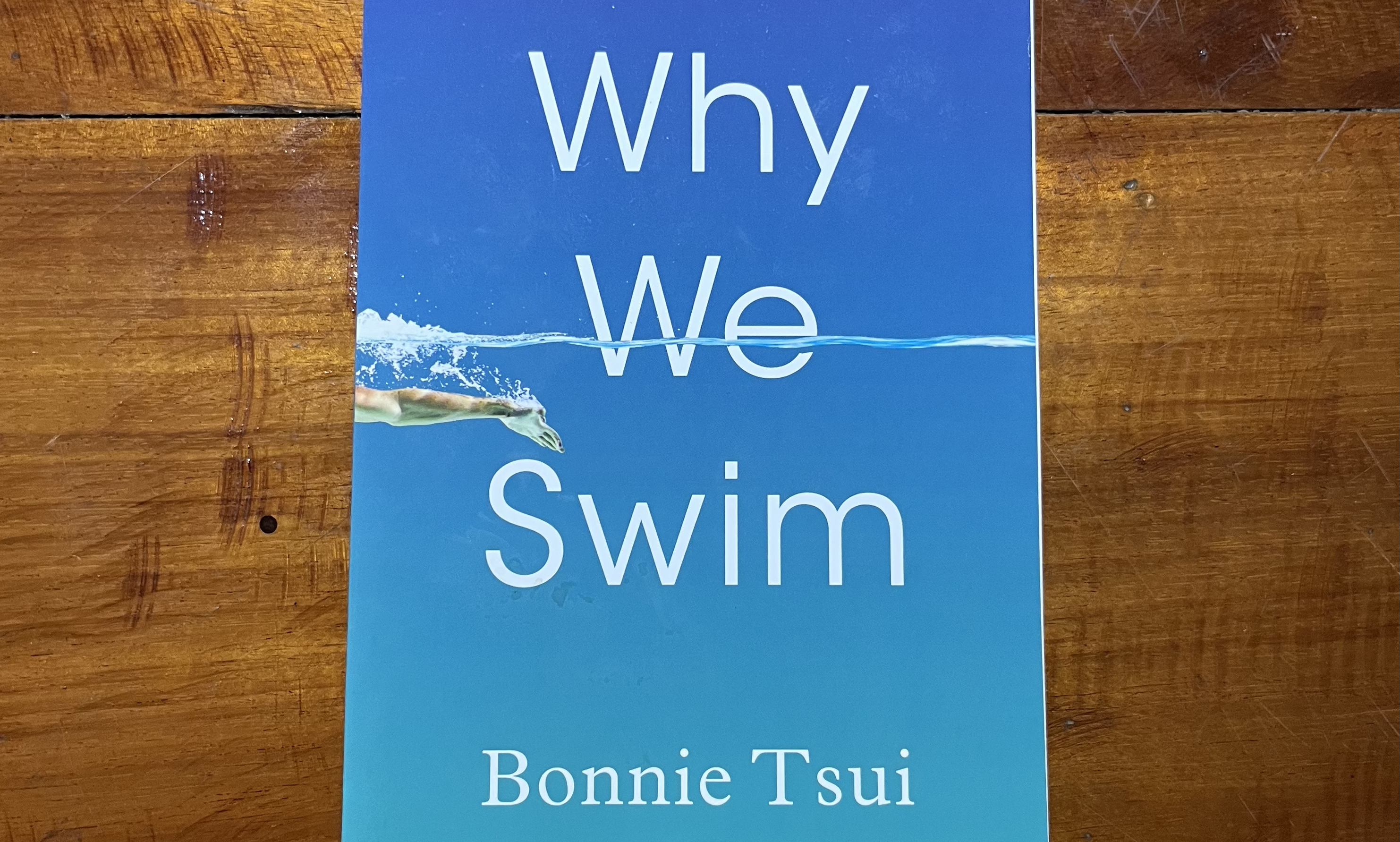Swimming is a great way to improve your aerobic endurance and anaerobic threshold for bodysurfing. It’s a simple equation: the better you are at swimming, the more waves you will catch. Elite swimmers can become elite bodysurfers, but poor swimmers cannot.
Swimming is also an essential part of surviving in the ocean, especially when the waves are big and currents are strong.
I often see beachgoers swimming frantically when trying to bodysurf. But the key to catching any wave is to swim efficiently with good technique, and the best way to improve your swimming technique is with deliberate practice.
Swimming in the ocean provides a pleasurable full body workout that improves our breathing and mindfulness. Best of all, swimming is a low-impact exercise that we can do daily into old age.
“People report enjoying water-based exercise more than exercising on land,” states the Center for Disease Control and Prevention (CDC). “They can also exercise longer in water than on land without increased effort or joint or muscle pain.”
Many scientific studies have revealed the health benefits of swimming, which include greater lung capacity, better breath control, improved core strength and posture, enhanced mood, reduced anxiety, and decreased risk of chronic illness.
So, if you are looking for inspiration to start swimming, look no further than Bonnie Tsui’s Why We Swim. This bestselling book will not only explain why swimming is good for you physically, but also mentally and emotionally.
By the end of it, you’ll be itching to dive into the nearest body of water and start stroking.
My favorite quotes from Why We Swim:
The act of swimming can be one of healing, and health—a way to well-being. Swimming together can be a way to find community, through a team, a club, or a shared, beloved body of water. We have only to watch each other in water to know that it creates the space for play. (p.6)
The sea is a deep, alien place. There’s an energy to it, an element of danger that requires a giving over of the self, that makes swimming in heavy water a kind of sacrament. It is a suitable environment to engage with the the deep strangeness of the human mind and its fears. (p.99)
When the pioneer Australian surfer Dave Rastovich describes being in the ocean as “meaningful play”—whether it’s swimming, surfing, or floating on an inflatable raft—I get it. “When my dad died, I just kept going in the ocean,” he says—it was what made the difference in his acceptance of life and death. (p.105)
Something about the rhythm of how we breathe while we’re in the water changes us. Deep breathing research is in its infancy, but we know that this pace of breath is soothing—there’s a feedback loop between our breathing patterns and the nerve centers that fire our anxiety responses. When we’re stressed, we tend to take short rapid breaths; if we breathe deeply and slowly, that counteracts the stress and dampens our alarm system. In this way, our arousal and breathing centers are reciprocally linked. Swimming is particular in its activation of deep breathing. It’s the nature of the exercise: you take a big breath, hold it, and then release it slowly. (p.107-8)
We jump into that water and find ourselves in a curious liminal space. Here we are, suspended, yet moving; floating, yet ever in danger of sinking. And if we swim with the current, instead of fighting against it, we find a momentary state, one of motion and yet paradoxical stillness that is flow. (p.215-16)
The body is engaged in full physical movement, but the mind itself floats, untethered. (p.233)
When you are tuned in to the world and its forces, revelations follow. Swim with the current, and you’ll feel invincible. Swim against it, and you suddenly become aware of the invisible forces against you. (p.242)



